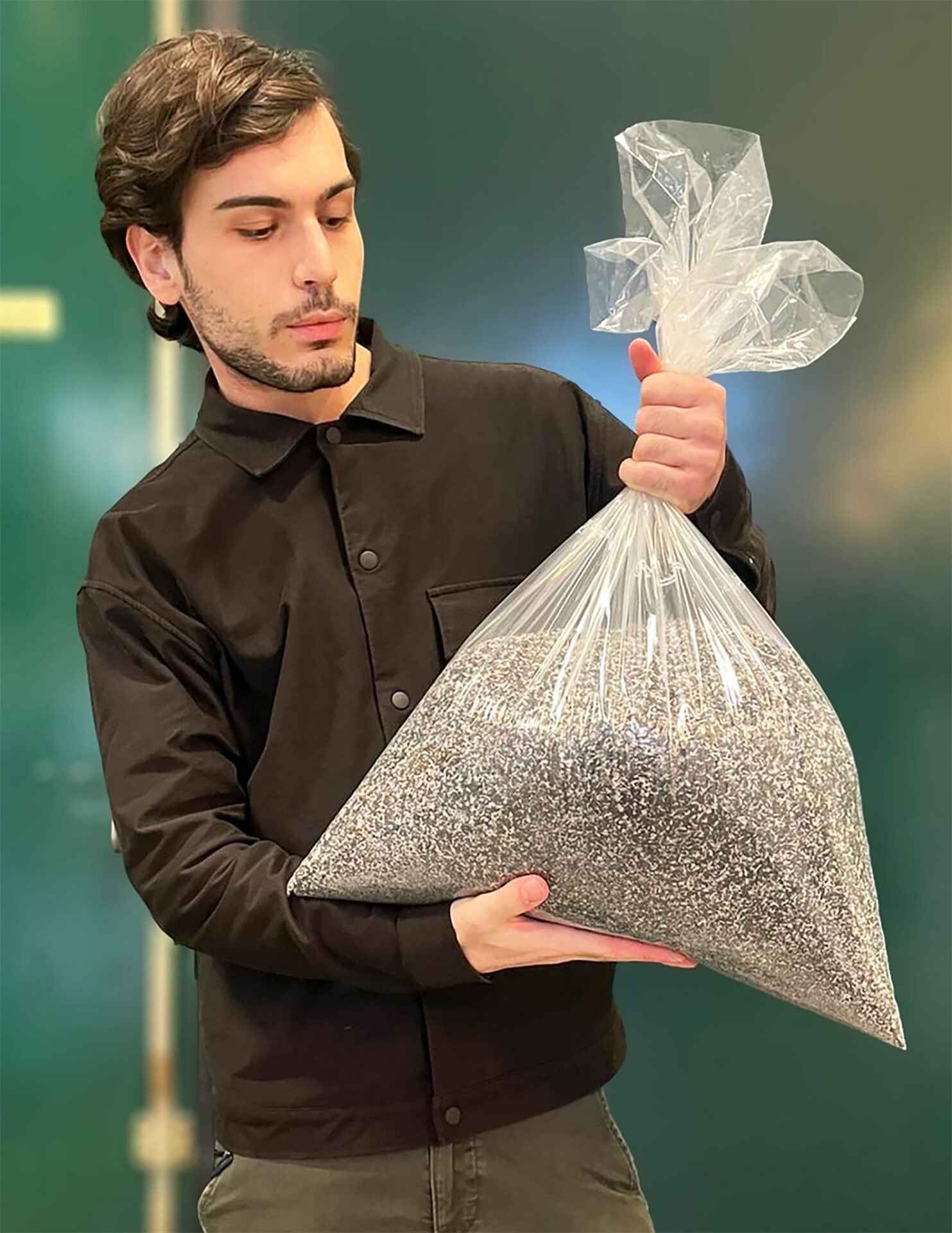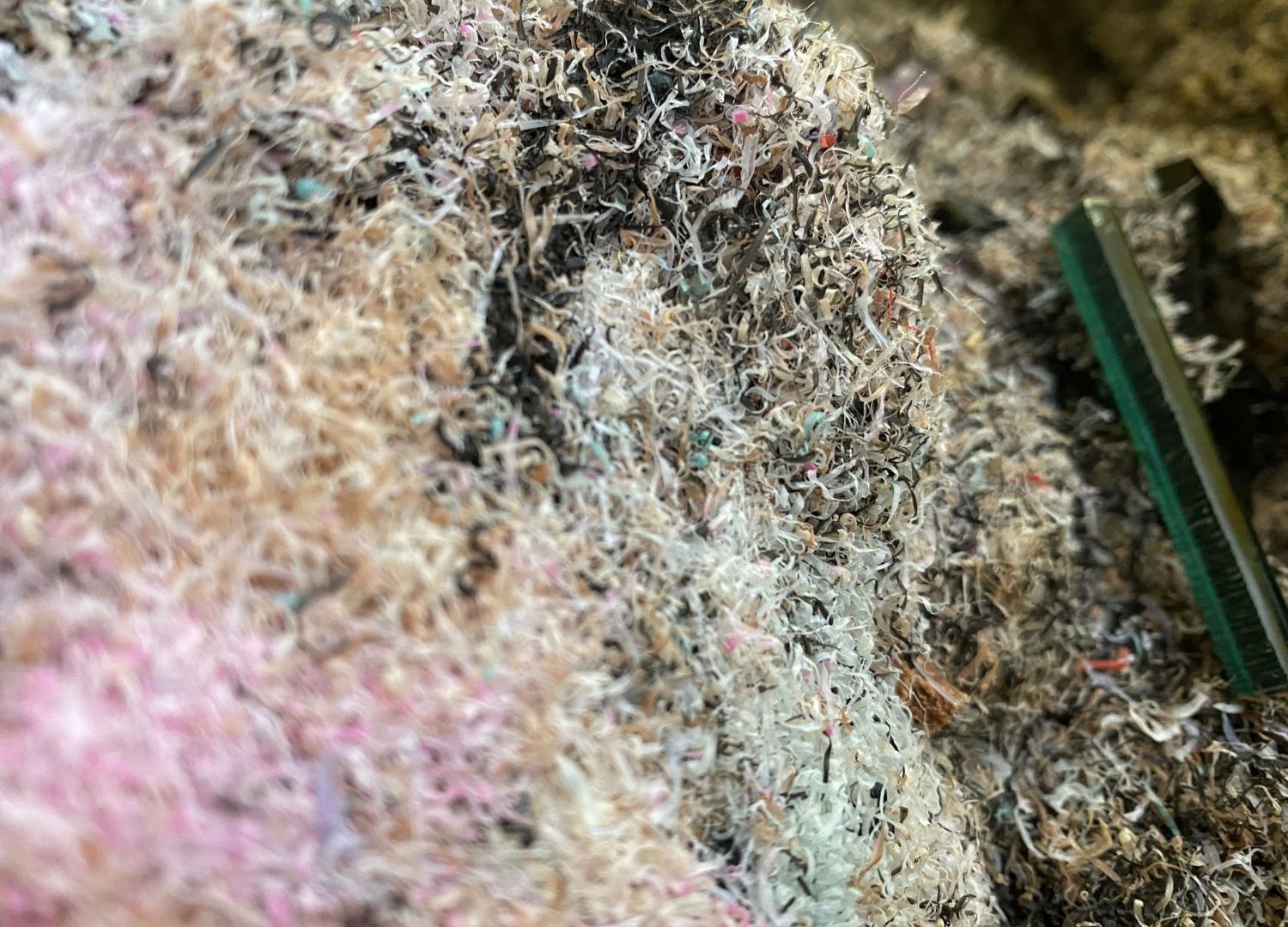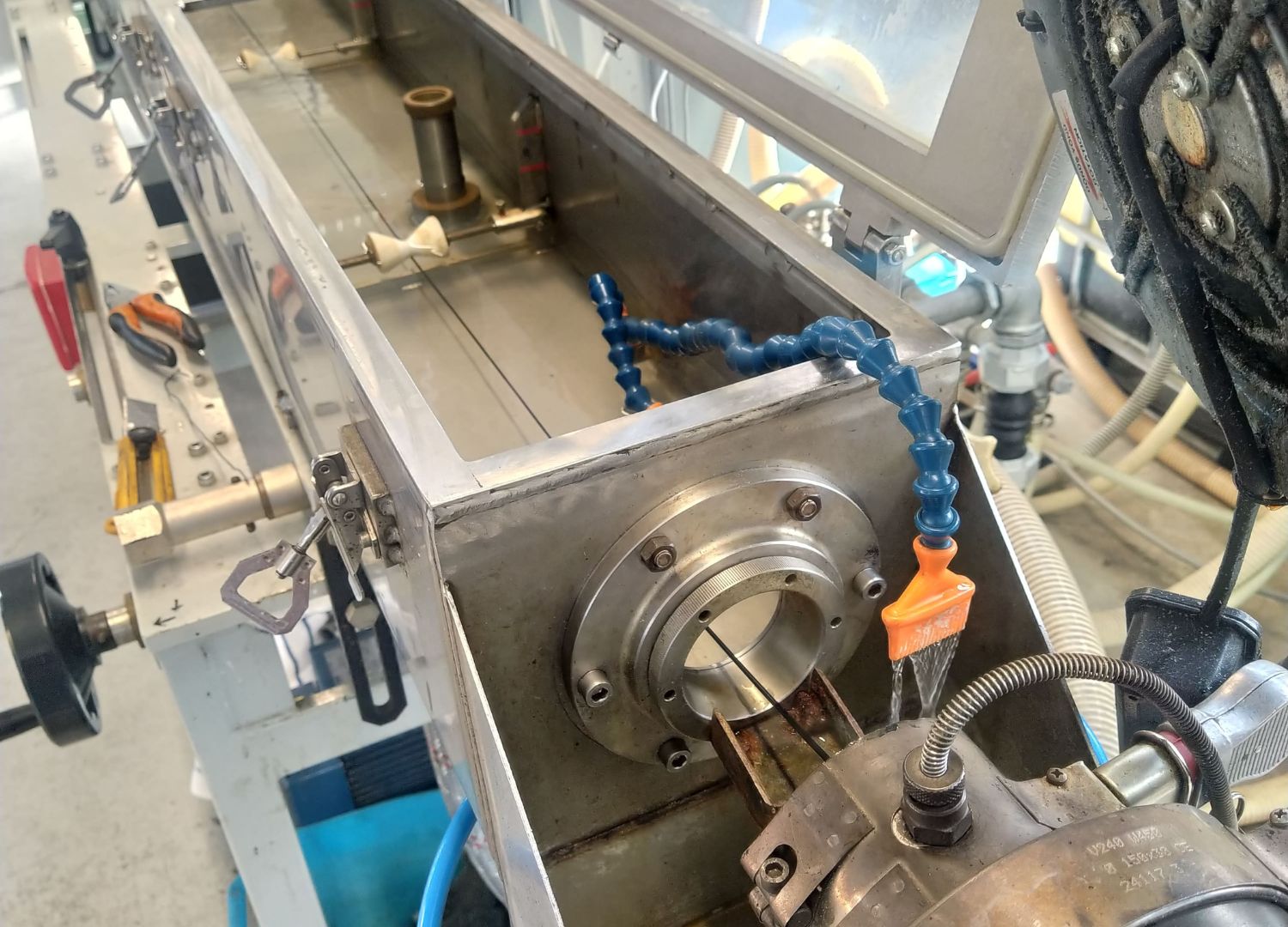Turning scraps into style: Zestep’s eco-friendly vision for the future of eyewear
Zestep’s journey exemplifies the power of innovation to drive meaningful change. Through their work, they are setting a powerful example for other industries, showing that sustainability and style can coexist—and thrive—together.

Born from an on-the-ground research project by Leonardo Cavalluzzi, a young eyewear designer, Zestep addresses the waste problem that has long plagued the eyewear sector. By focusing on cellulose acetate, the material used in most eyewear frames, Zestep seeks to significantly reduce the industry’s environmental footprint.

The problem: eyewear waste
Eyewear production generates an alarming amount of waste, particularly in the form of cellulose acetate scraps. Although the issue of plastic packaging remains a concern in the industry, with single-use packaging often discarded instead of being reused, cellulose acetate stands out as the primary waste material.
Even a medium-sized factory can produce tons of acetate waste within days, with more than 60% of the raw material for each pair of glasses being discarded after the frames are cut. Cellulose acetate, a bio-based polymer first synthesized in 1865, is a favored material for eyewear due to its aesthetic appeal. Its three-dimensional textures and versatility have made it an “evergreen” choice for designers, despite the introduction of alternatives like wood and nylon.

However, its widespread use also leads to massive waste accumulation, most of which ends up in landfills despite some manufacturers’ efforts to recycle coarse scraps.
The innovation: 3D Printing with recycled acetate
To tackle the acetate waste issue, Zestep turns to 3D printing technology. While cellulose acetate has favorable thermoplastic properties, such as a suitable melt flow index and a printing temperature similar to PETg, it has not yet been utilized as a filament for 3D printing. Zestep, in collaboration with Techinit, a startup specializing in 3D printing filaments, is developing a process to transform cellulose acetate scraps into 3D printing material.
Through a rigorous development process, Zestep has worked with polymer experts to refine the material’s rheological properties, making it suitable for extrusion into 3D printing filaments. This innovation not only offers a new life for cellulose acetate scraps but also opens the door to other applications of the material across industries.

The process: a sustainable workflow
Zestep has implemented a highly sustainable, nearly zero-miles recycling process that keeps emissions to a minimum. The steps include:
- Material collection & inspection: cellulose acetate scraps are collected from the Italian eyewear manufacturing district in Belluno, Veneto. The material is inspected for contamination before processing.
- Compounding & extrusion: the scraps are dried and compounded using Zestep’s patent-pending formula.
- Production & dropshipping: the finished 3D filament and pellets are produced on demand and shipped directly from the Padua-based production site to customers, minimizing transport emissions.

Key highlights of Zestep
Zestep stands out for its commitment to sustainability, implementing a localized recycling process that drastically cuts down CO2 emissions. By keeping the entire production cycle within a small geographical area, the project achieves what can be called a near-zero-miles approach, minimizing environmental impact.
Moreover, their products proudly carry the “Made in Italy” label, symbolizing the high standards of both material quality and craftsmanship. This dedication to excellence is a reflection of Italy’s long-standing tradition of superior design and manufacturing.

One of their key strengths lies in its scalability. The process developed is not only innovative but also adaptable to industrial-scale production, making it highly feasible for widespread adoption across the eyewear sector and beyond. This scalability positions Zestep as a pioneering force that could transform manufacturing processes in various industries.
Strategic partnerships are also central to Zestep’s success. The brand has established strong collaborations with acetate producers and manufacturers, ensuring a steady supply of raw materials and a streamlined recycling process. These partnerships not only reinforce the company’s sustainability goals but also provide a solid foundation for growth and expansion.

Additionally, Zestep’s cutting-edge methods are safeguarded by a patent application filed in 2023. This step not only protects their unique recycling process but also highlights the innovative nature of their approach, signaling to the industry that Zestep is leading the way in sustainable material repurposing.
As the project moves into the 3D printing market, it opens up exciting possibilities for the application of recycled cellulose acetate. By venturing into this new realm, the team creates opportunities for its material to be used in diverse industries, paving the way for innovation far beyond eyewear.

The future of Zestep
Zestep is currently seeking investors and forming partnerships to further develop its groundbreaking project. With its focus on sustainability, innovation, and high-quality production, the project is poised to revolutionize not only the eyewear industry but also other sectors that rely on 3D printing materials. By turning waste into opportunity, they offer a practical solution to one of the eyewear industry’s most pressing environmental challenges, paving the way for a more sustainable future.


















